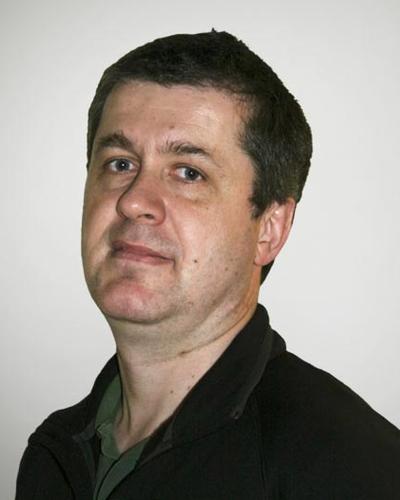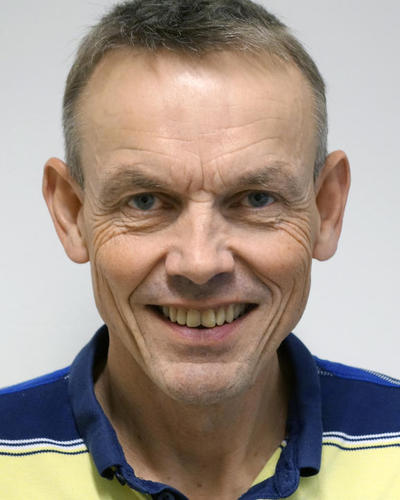Accurate Monitoring of CO2 Storage
Main content
Project description
Motivation (background):
Human induced carbon output into the atmosphere is believed to significantly contribute to global climate change, and global warming in particular. Several methods have been proposed to limit carbon output into the atmosphere. One of these is the underground storage of large quantities of CO2. This is achieved by injecting CO2 into depleted hydrocarbon reservoirs. Worldwide several test sites on how best to do this exist. An important condition is that the injection and storage has to be done in a safe and reliable manner. This therefore requires regular monitoring of the subsurface CO2 concentration.
Hypothesis (scientific problem):
Subsurface monitoring of CO2 is typically done using seismic methods and, in particular, time-lapse seismics. This requires first of all precise knowledge of the seismic velocities. It also requires knowledge of the rock physics parameters that relate these velocities to CO2 concentration. The first issue is the more difficult one and will therefore be the main focus of this thesis. If time allows attention will be paid to the second issue as well.
Test (work):
In seismics there are three main methods to estimate detailed subsurface velocities: amplitude-versus-offset (AVO), pre-stack depth migration and full waveform inversion. AVO is the cheapest and therefore attractive. However, it only measures velocity contrasts at interfaces and this makes it the least accurate of the three methods. Pre-stack depth migration should be more accurate than AVO, but it is not known how much more accurate. Full waveform inversion is the most accurate method, in theory, as it recovers all wavenumbers of the subsurface, including the intermediate ones (as opposed to migration which only recovers the high wavenumbers). It is also the most expensive one. The exact differences between migration and full waveform inversion are not well known either. Moreover, at this point full waveform inversion as a method is still an important topic of research and therefore not yet widely used. In this thesis two or three of these methods will be compared, either in a 2D or in a 3D setting.
Forward modeling is at the heart of all three seismic monitoring methods. In this thesis work the forward modeling will be based on ray tracing and ray-Born modeling, as these are the fastest and have proven to be quite accurate and useful in practice. This will then be used to do AVO inversion and pre-stack depth migration and possibly full waveform inversion for settings that are representative of CO2 storage. Special attention will be given to the different characteristics of the velocity estimates obtained from these methods and also to inaccuracies in the overburden on these estimates. If time allows rock physics models will be used to calculate the estimated CO2 concentrations obtained from these methods.
Prerequisites: Mathematics-Geophysics direction from UiB (or equivalent from other university)
Proposed course plan (60 credits):
GEOV274
GEOV277
SDG207
MAT160
AG335
GEOV302

